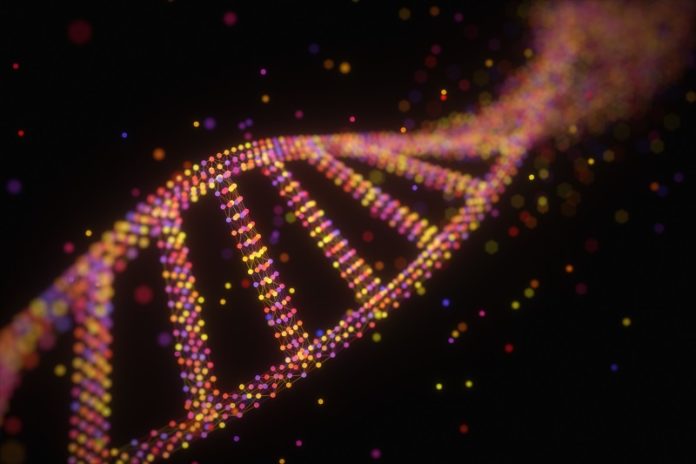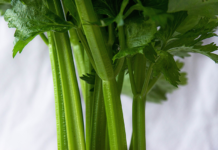Why do we age? Simply put, because of our individual cells age. It’s only in recent years that medical science has begun to understand precisely how cells age. As they understand more, they could theoretically provide insight on how to slow that aging process.
You might have heard the misconception that all of the cells in the body turn over every seven years. A cell’s lifespan actually varies tremendously from one part of the body to another. Some, like brain cells that comprise grey matter, live as long as the person. A related hot topic in recent years is the length of your DNA’s telomeres–which I’ll define in a moment. Some people seek ways to save their telomeres as a way to prolong life.
Let’s take a look at the facts and some ideas for how to live the longest, healthiest life you can.
How the Life of a Cell Ends
You probably remember from biology class that cells reproduce by splitting, in a process called mitosis. However, cells divide only so many times. Scientists call the ultimate stage the “Hayflick limit,” after researcher Leonard Hayflick. Prior to his work in 1965, biologists believed that cells continued to replicate forever. Alas, the lives of normal cells must end at some point. The ones that live indefinitely are cancer.
At the Hayflick limit, cells either “commit suicide” or enter a state we call cellular senescence. The immune system recognizes a senescent cell as damaged and removes it. At least, it’s supposed to. As the body ages, the immune system starts to fail at this important task. Dead cells build up causing inflammation and tissue damage. In turn, as you probably know, inflammation contributes to a wide range of health problems.
Research on Cellular Senescence
In recent years, several groups of scientists have published studies related to senescent cells. Researchers who study aging believe that drugs might be designed to target this “dead weight” and help the body remove it. They call them senolytic drugs. Some claim that this type of therapy could halt most age-related degeneration.
In January 2019, the University of Texas Health Science Center at San Antonio became the first to publish a study of senolytics on humans. (The Mayo Clinic and others previously ran tests on mice.) The study participants suffered from idiopathic pulmonary fibrosis (IPF), a chronic, irreversible and progressive disease that results in scarring of the lungs. After taking the drugs, the patients showed marked improvement in their mobility. “Though small, this pilot study marks a major breakthrough in how we treat age-related diseases such as IPF,” said the co-lead investigator, Jamie Justice, Ph.D.
An Apple a Day Keeps the… Plastic Surgeon Away?
We all know about the power of antioxidants. A 2018 study identified one especially powerful antioxidant in the fight against aging: fisetin. The journal EBioMedicine published their findings on different flavonoids and their effects on senescence. Of those, fisetin proved the most effective, at least in mice.
The researchers said, “administration of fisetin to wild-type mice late in life restored tissue homeostasis, reduced age-related pathology, and extended median and maximum lifespan.” Although more work will be required to test its efficacy in humans, the makers of beauty products are already on board. You can find a number of skin creams on the market that promise to fight wrinkles with fisetin. Meanwhile, you can consume it in apples, as well as grapes, strawberries, and other deep-red produce.
DNA, Telomeres, and the Lifespan of Cells
Another subject of cellular aging research is telomeres. As you know, each cell in the body contains a copy of the individual’s DNA. Mutations sometimes occur and, the longer a cell lives, the greater the odds a mutation will take place during replication. But at the end of each strand of DNA, there are “protective caps” called telomeres. Some people compare them to the plastic tips on the ends of shoelaces.
Telomeres help the DNA copy accurately into new cells. In the process, the telomeres get “used up,” becoming shorter with each replication. When the telomere “runs out,” the cell enters senescence and dies by another cellular process, or turns cancerous. The Australian Academy of Science has a beautiful infographic to help visualize this life cycle.
You want to keep your telomeres as long as possible. Growing evidence suggests that lifestyle factors make a difference. One such promising study came out of the Dana Farber Cancer Center in 2011. The study showed that smoking and obesity both accelerate telomere shortening. So do traffic pollution and other environmental toxins. And, of course, our old friend, stress, causes negative consequences.
Conversely, eating enough fiber and antioxidants helps to slow telomere shortening. Other factors include exercise and the overall amount that one eats.








